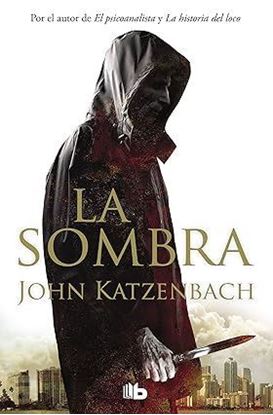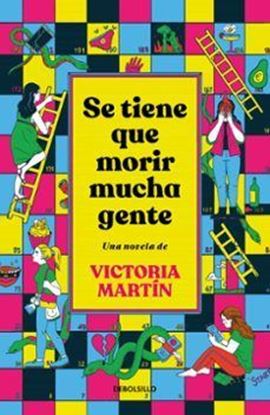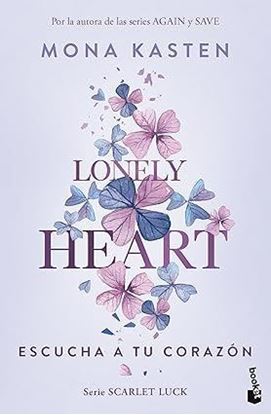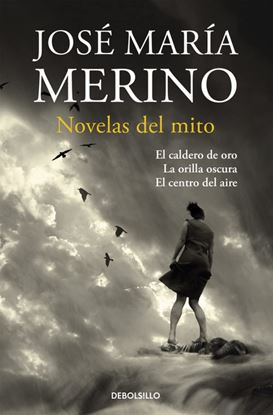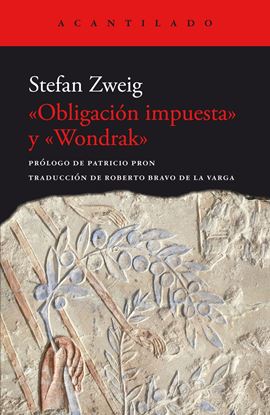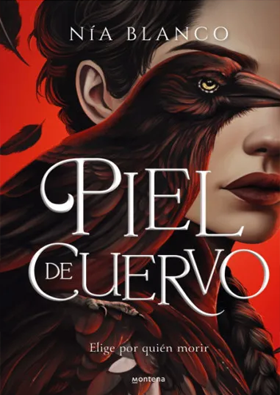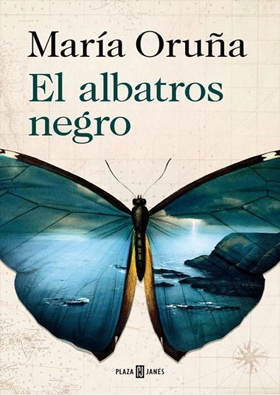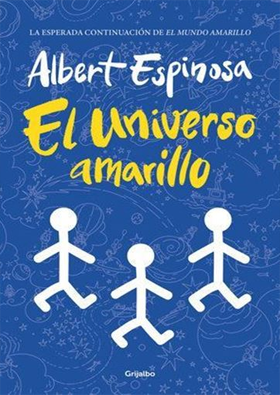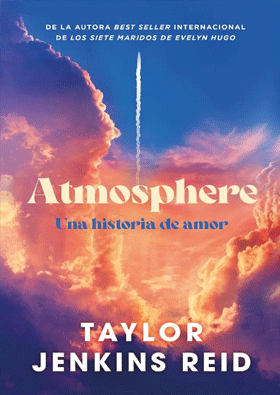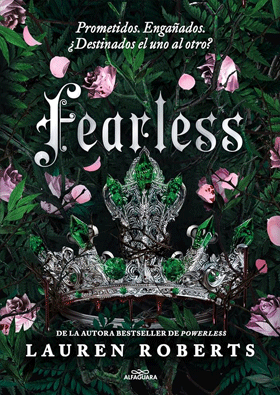

LA SOMBRA (BOL)
En el Berlín de 1943, nadie conocía el nombre de La Sombra. Pero ser visto por este judío despiadado era sinónimo de muerte: colaboraba con la Gestapo en la identificación y delación de otros ciudadanos judíos para condenarlos a los campos de exterminio.
En el Miami de finales del siglo XX, la deprimente vida de Simon Winter - retirado de la Brigada de Homicidios de la Policía- da un giro inesperado cuando su aterrorizada vecina llama a la puerta de su apartamento. Sophie, superviviente del Holocausto, cree haber visto a La Sombra. A la mañana siguiente, aparece estrangulada, con los ojos desorbitados de terror.
La policía supone que se trata de un asesinato más, pero Winter sabe la terrible verdad: un escurridizo asesino está eliminando a los supervivientes del Holocausto que viven en Miami.
700
560
SE TIENE QUE MORIR MUCHA GENTE (LI) (BOL
La primera novela de Victoria Martín narra con desvergüenza e ironía la historia de cuatro amigas que tendrán que enfrentarse a una vida que no es la que esperaban.
Bárbara trabaja como asistente de guion en un programa de entretenimiento repleto de hombres que se creen tremendamente graciosos, es adicta a los ansiolíticos y está obsesionada con el dinero. Vive con su amiga de toda la vida, Maca, una aspirante a actriz que solo acumula rechazos en su currículum. Un día recibe una invitación de Elena, antigua compañera del colegio, para acudir a una de esas fiestas donde anuncian el sexo del bebé explotando un globo, cortando una tarta o lanzando un cohete. Decide ir porque necesita poner en orden su vida, y participar del capitalismo más descarnado engullendo un cupcake en forma de bebé le parece la mejor manera de empezar. Pero tras la fiesta, Elena, desesperada y en la recta final de su embarazo, abandona a su marido y se muda con Bárbara y Maca, una noticia terrible para ellas que trastocará por completo sus vidas. Al grupo se unirá Fabiola, una influencer con una marca de joyas «sostenible» que hacen niños en Bangladés y que comparte en Instagram frases como «Si quieres, puedes» o «Hakuna Matata». Es decir, un adulto funcional siguiendo los consejos de Pumba, el jabalí de El Rey León.
700
560
SOY UNA MAMA (BOL)
¿Qué sucede cuando descubres que has vivido una mentira y decides poner punto final a tu «felices para siempre»?
No te pierdas Soy una mamá, que reúne los tres volúmenes de la serie: Soy una mamá, Soy una mamá divorciada y alocada y Soy una mamá divorciada, alocada y de nuevo enamorada.
Me llamo Estefanía, soy madre de tres hijos y estuve felizmente casada. Mi día a día era siempre el mismo: me levantaba, atendía a mis pequeños, los llevaba al cole, desayunaba con mis amigas, hacía la compra, sacaba a mi perra y me iba al trabajo. Todo era perfecto y yo me sentía una mujer feliz. Pero, tras veinte años de matrimonio, todo se trastocó cuando me enteré de que ese marido al que tanto veneraba me estaba engañando con otra.
700
560
NOVELAS DE MITO (BOL)
Se reúnen en este volumen: El caldero de oro (1982), La orilla oscura (1985) y El centro del aire (1991). La primera es el relato de un tiempo mítico que reúne en sí el pasado y el presente, es la historia de quien regresa al pueblo de sus antepasados, abandonado y solitario, para encontrarse con un destino encerrado en su propia historia. La orilla oscura trata de la memoria y el sueño, el recuerdo y la evocación. El protagonista contempla cómo un viaje fluvial por la jungla sirve para que lo imaginario le lleve a esa otra orilla en la que la consciencia se convierte en un viaje hacia el propio origen. Por último, en El centro del aire dos hombres y una mujer, amigos de la niñez, descubren la posibilidad de que otra amiga no haya muerto en un accidente aéreo, como ellos creían, sino que se encuentre en algún lugar lejano, ocultando su verdadera personalidad.
700
560
OBLIGACION IMPUESTA Y WONDRAK
En estos dos brillantes relatos pacifistas, Stefan Zweig denuncia la deshumanizadora Gran Guerra que pulverizó la libertad y la dignidad de los europeos enfrentados entre sí. Ferdinand, el protagonista del primero, es un joven exiliado en Suiza que, pese a su sentido del deber, no desea comparecer ante el médico militar que lo enviará a la guerra, obligándolo a contribuir a la gran tragedia europea. En «Wondrak», Ruzena lucha en vano por evitar que la monstruosa contienda le arrebate a su único hijo. Como señala Patricio Pron en el iluminador prólogo, para cuando el lector lea estos relatos millones de personas «estarán habitando el mundo en guerra que describió Zweig y, como sus personajes, tendrán que tomar la decisión de si desean pelear por su país o por un propósito más noble y duradero. ¿Puede la literatura ayudarlos a comprender esa decisión? Es posible que sí, y que estos relatos sean una prueba de esa potencia de la ficción».
700
560


